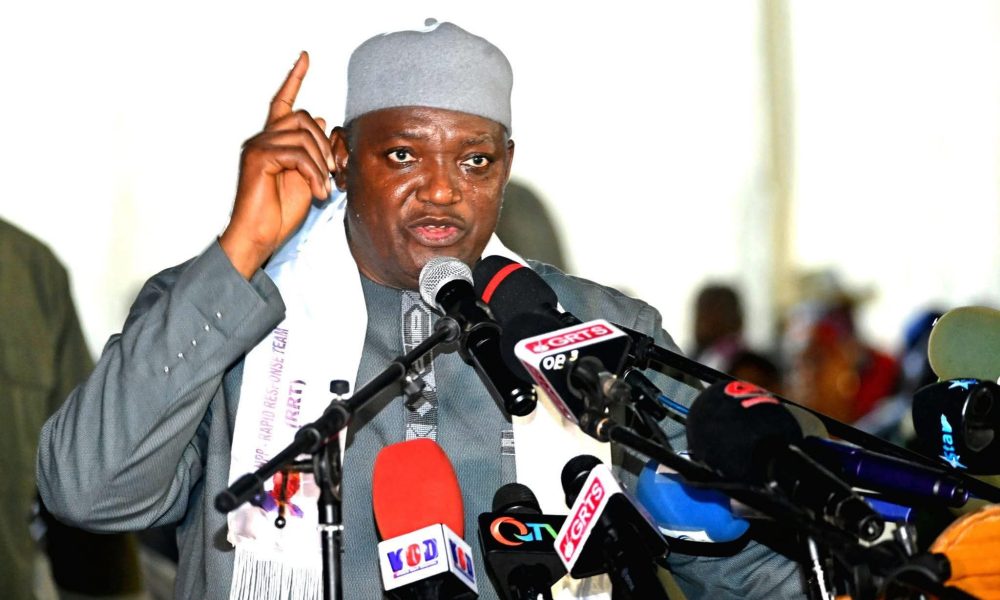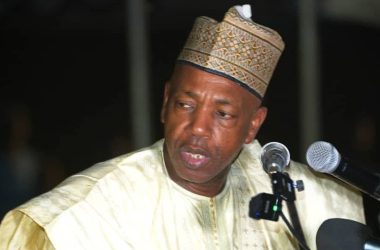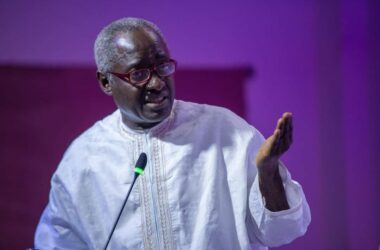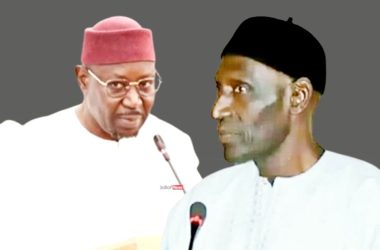President Adama Barrow has wrapped up the first phase of his constitutionally mandated nationwide tour, calling it a major success and thanking his team for what he described as a productive and energizing engagement with communities across the country.
Speaking to reporters at State House, the president outlined wide-ranging plans that put roads, electricity access and public services at the centre of his next development drive. He said his administration is preparing to roll out more than 500 kilometres of new roads, with work expected to begin in several key areas.
Barrow named Nainija, Niamina and the Fuladu districts among the priority sites, and said demands from Farafenni residents for better internal roads were heard and accepted.
“We will do over five hundred kilometres of roads… there was a demand for us to construct roads in Farafenni, and we respect that,” he said, adding that only the main roads there had been built so far.
The president said the tour showed strong public approval for the government’s ongoing electricity programme. According to him, more than 75 percent of the population is already connected to the national grid, and the government aims to push that figure beyond 90 percent by the end of 2025. He pledged that full nationwide access will be achieved in 2026.
Barrow said he considers the electricity rollout a personal commitment. “A working government is a government that is ambitious, that aims high and is brave. We are ready to break the bank to develop this country,” he told journalists.
Looking ahead, the president said he hopes to be remembered as the leader who laid the groundwork for long-term national development. He predicted that “by 2031, it will be a different story” for The Gambia.
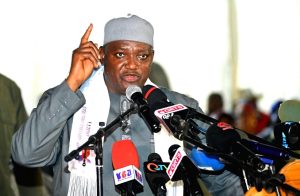
Barrow’s return to Banjul was marked by large crowds and cultural performances in Kanlagi, Lamin and the capital, where supporters turned out in colourful displays to welcome him back after the tour.

